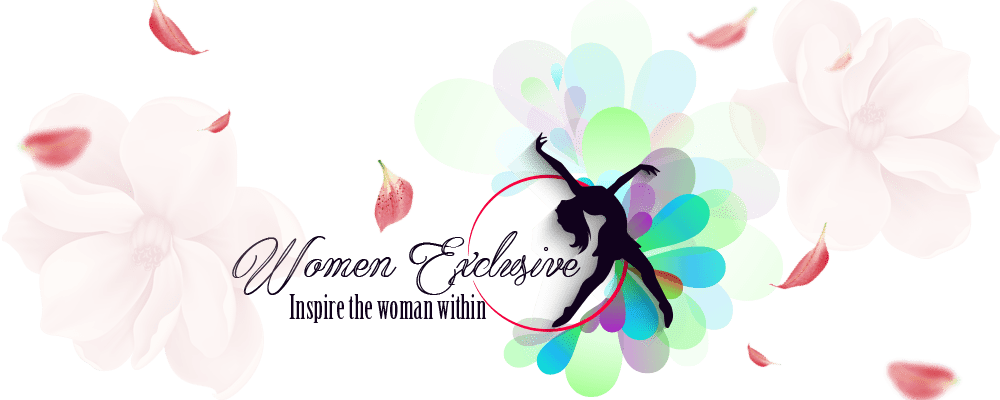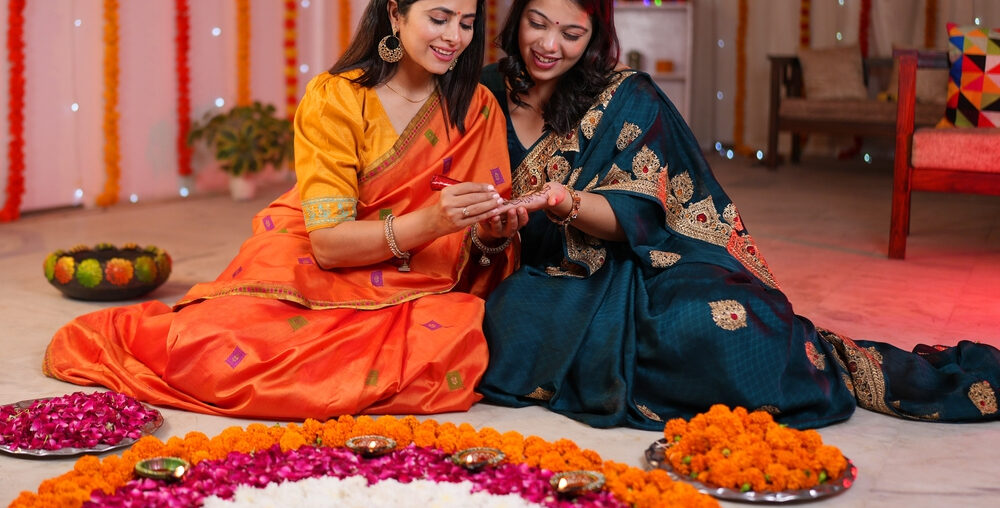Across the globe, cultural celebrations are a tapestry of traditions, and women often play pivotal roles in these festivities. From the preparation of sacred meals to leading ceremonies and dances, women’s contributions are integral to the richness and continuity of these traditions. This blog post aims to explore and highlight the unique roles and contributions of women in cultural and familial traditions worldwide.
The Heart of Tradition:
In many cultures, women are the custodians of family and community traditions. They pass down stories, recipes, and rituals from generation to generation, making sure the preservation of cultural heritage.
- Women in Rituals and Ceremonies:
In various cultures, women often lead or play key roles in rituals and ceremonies. For example, in Japanese tea ceremonies, the role of the tea master, traditionally a woman, is not only to serve tea but also to create a harmonious atmosphere reflective of the culture’s values of respect and tranquility.
- The Art of Cultural Cuisine:
Culinary traditions are largely upheld by women. From the intricate spice blends in Indian cooking to the elaborate preparation of feasts in Middle Eastern cultures, women are often at the forefront, making sure that the flavors of the culture are preserved and passed on.
- Craftsmanship and Artistry:
Women’s contributions to arts and crafts are a vivid expression of culture. Whether it’s weaving intricate patterns in Peruvian textiles or hand-painting ceramics in Italian communities, these skills are a testament to women’s artistic influence in preserving cultural art forms.
- Dance and Performance:
In many cultures, dance and performance arts are mediums where women express cultural stories and traditions. The Flamenco dancers of Spain and the classical dancers of India, for instance, embody their culture’s history and emotions through their art.
- Guardians of Family Traditions:
In family celebrations, women often play a central role in organizing and executing traditional practices, from holiday meals to wedding festivities, making sure that these customs endure through time.
- The Role in Cultural Preservation:
Women not only participate in traditions but are also instrumental in their preservation and evolution. Their involvement in cultural education, whether formally or informally, helps keep traditions alive for future generations.
Conclusion:
The roles and contributions of women in cultural celebrations around the world are as diverse as they are significant. By exploring these roles, we gain not only an appreciation for the traditions themselves but also for the women who preserve and breathe life into them. As we celebrate these traditions, let’s also honor the women who uphold these rich cultural heritages.






Comments are closed.